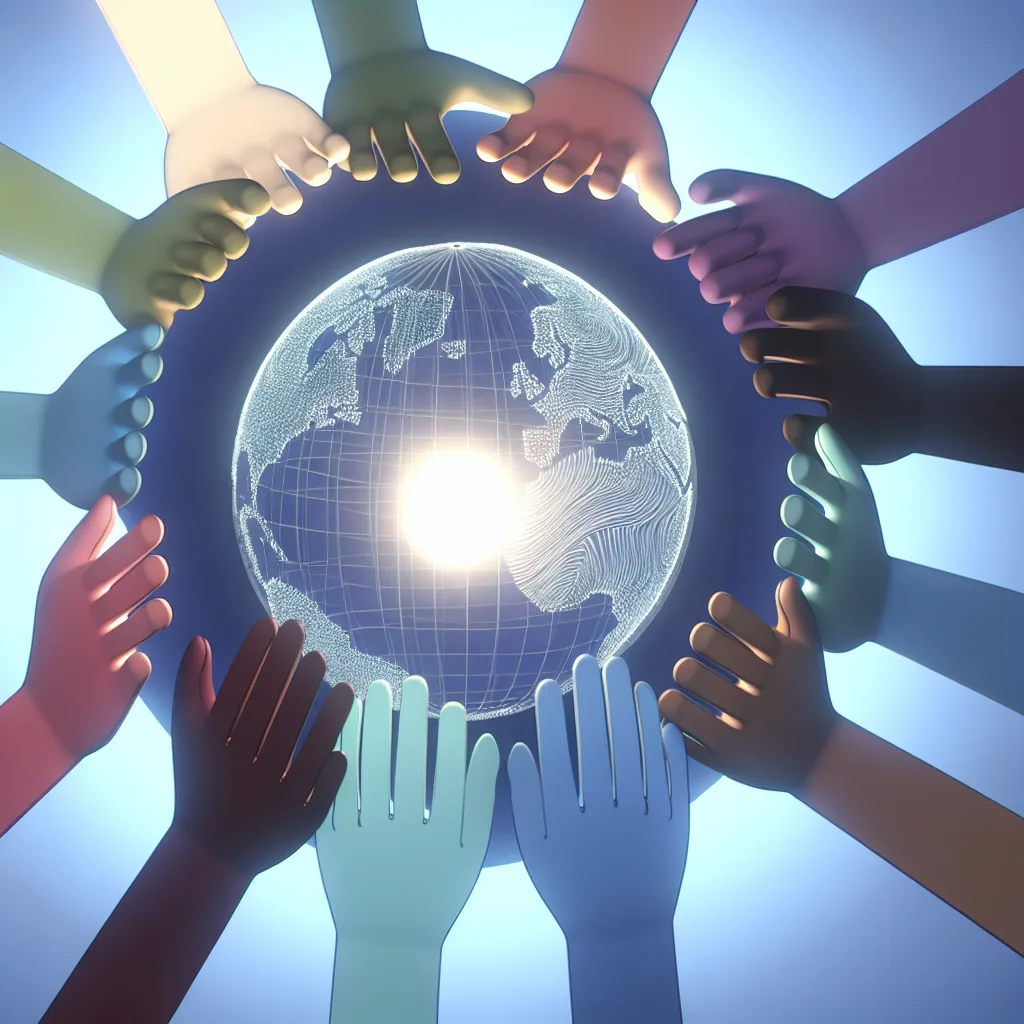Exploring a wild idea: what if we built a public, collaborative ‘Wikipedia for AI values’ to keep the technology transparent and accountable?
I had a thought over coffee this morning that I can’t seem to shake: Who is actually writing the rules for AI? Not the high-level stuff, but the deep-down, foundational guardrails about what’s right, wrong, safe, or dangerous. Right now, it often feels like a mystery, a set of rules locked away inside a few giant tech companies. But what if it wasn’t a secret? This got me thinking about the potential of a truly open-source AI safety framework, one that everyone could see, understand, and even help build.
It’s a big idea, but it’s surprisingly simple at its core. Let’s break it down.
What is Open-Source AI Safety, Really?
Imagine a Wikipedia for AI values. Seriously.
Instead of a hidden set of rules programmed by a small team, what if we had a public, collaborative platform? This platform would host a core set of safety and ethical guidelines for artificial intelligence.
- It would be transparent: Anyone could log on and see the exact moral and safety framework an AI model is using. No more guessing why an AI refused to answer a question or generated a weird response. You could literally look it up.
- It would be collaborative: Just like Wikipedia, experts and the public could propose changes, debate values, and contribute to a more robust and well-rounded system. It shifts the power from a few to the many.
- It would be adaptable: Here’s the really interesting part. A company, a country, or any organization could “fork” the main set of rules. They could then localize it to fit specific cultural norms or organizational values, as long as their version also remained public. Transparency would be the one non-negotiable rule.
This system wouldn’t have to be forced on anyone. AI developers could choose to integrate it before training their models, use it as a real-time filter for outputs, or connect to it via an API that approves or rejects AI-generated content. The choice would be theirs, but the choice would be public.
Why an Open Approach to AI Safety Matters
Let’s be honest, the current situation is a little unsettling. A handful of engineers in a few cities are essentially setting the ethical compass for a technology that will impact the entire world. An open-source approach flips that on its head.
The most immediate benefit is trust. When something goes wrong with an AI, we can currently only guess why. With a transparent framework, we could point to the specific guideline that failed or was misinterpreted. It makes accountability possible.
Furthermore, it invites a global conversation. People from different backgrounds and fields of expertise could contribute, creating a much richer and more universally applicable set of values. Instead of being a top-down decree, it becomes a living document, shaped by collective intelligence. To see this in action, you can look at organizations like the Partnership on AI, which already brings together diverse voices to study and formulate best practices for AI technologies.
The Big Challenges of an Open-Source AI Safety Framework
Of course, this isn’t a magical solution. It would be incredibly difficult to implement.
First, there’s the governance problem. Who gets the final say on a “core” value? How do you stop bad actors from spamming the system with harmful suggestions? The moderation model would have to be incredibly robust, likely more so than Wikipedia’s.
Then there’s the technical side. Integrating a complex, evolving set of rules into an AI model isn’t as simple as installing an app. It’s a massive engineering challenge, especially when you consider the lightning-fast pace of AI development. The framework would need to adapt constantly to stay relevant, a challenge that even top publications like Wired note is a major hurdle in the AI space.
Finally, you have the problem of agreement. Getting a small group to agree on ethics is hard enough. Getting millions of people to do it? That’s a monumental task. But then again, maybe perfect agreement isn’t the point. The point is to have the conversation out in the open.
So, is this whole idea a bit out there? Maybe. Is it a perfect plan? Definitely not.
But it’s a conversation we need to have. The current path—letting a handful of corporations quietly build the moral compass for a technology that will define our future—feels much riskier than trying something new, open, and a little bit messy. It’s a way to steer away from a future dictated by a select few and toward one we can all have a hand in building. What do you think?
